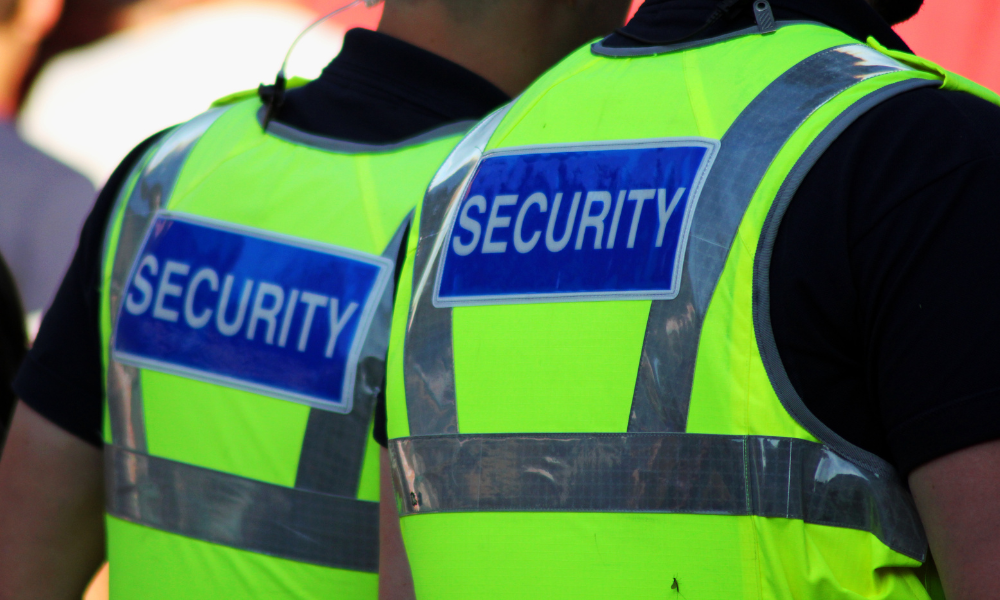(Reuters) — Commercial truck drivers who don’t treat their sleep apnea are four to five times more likely to be involved in a crash that’s their fault, compared to truckers who don’t have sleep apnea or who have it but treat it effectively, according to a new study.
In the United States, commercial truck drivers undergo medical examinations every two years to determine fitness to drive, but the Federal Motor Carrier Safety Administration (FMCSA) does not require sleep apnea screening.
The North American trucking firm Schneider implemented questionnaire screening and subsequent sleep testing to identify sleep apnea among drivers in 2006.
“Schneider, who provided support for this research work, was the first major trucking company to decide they should do this internally,” said lead author Stephen Burks of the University of Minnesota in Morris.
Co-author Stefanos Kales, of Harvard Medical School and Harvard T.H. Chan School of Public Health in Boston, point out that previously, most research had focused on passenger car drivers and clearly established that untreated sleep apnea is tied to higher crash risk, but some in the trucking industry believed the situation would be different for trained, professional drivers.
Using the Schneider data, the researchers compared 1,613 drivers with obstructive sleep apnea to 2,016 drivers unlikely to have the condition. The two groups had similar experience levels and length of employment. As part of an employer mandated program, all drivers with confirmed sleep apnea were given an auto-adjusting positive airway pressure (APAP) device to wear during sleep which recorded when and how often it was used on an internal memory chip.
Among those with sleep apnea, 682 adhered fully to the employer mandated treatment program, 571 used the APAP devices sometimes and partially adhered to treatment, and 360 did not use the devices.
Accident rates were about five times higher for drivers with sleep apnea who did not use the APAP machines, at 0.070 preventable crashes per 100,000 miles driven, compared to only 0.014 per 100,000 miles for drivers without sleep apnea, according to data from the Department of Transportation.
Drivers who used the APAP machines regularly had similar crash rates to those without sleep apnea, according to a paper released by the journal Sleep.
“We basically can see what happens to people who are diagnosed with sleep apnea, mandated to be treated, and don’t follow the treatment regimen,” Burks said. “They have five times the crash risk."
Burks says his personal belief is there should be some reasonable screening method in commercial truck driving, but the process of requiring sleep apnea screening could take years.
Sleep apnea disrupts the quantity and quality of sleep and impairs attention, vigilance, performance and reaction time, Kales said.
“Twenty per cent of all large truck crashes are due to drowsy or fatigued drivers,” he said. “About half of U.S. truck drivers are obese and 25 per cent of drivers have obstructive sleep apnea, probably due to lifestyle, as it is pretty hard to get exercise when you’re on the road and it’s harder to eat well… The argument for mandating screening and diagnosis of sleep apnea is really pretty compelling."
In the United States, commercial truck drivers undergo medical examinations every two years to determine fitness to drive, but the Federal Motor Carrier Safety Administration (FMCSA) does not require sleep apnea screening.
The North American trucking firm Schneider implemented questionnaire screening and subsequent sleep testing to identify sleep apnea among drivers in 2006.
“Schneider, who provided support for this research work, was the first major trucking company to decide they should do this internally,” said lead author Stephen Burks of the University of Minnesota in Morris.
Co-author Stefanos Kales, of Harvard Medical School and Harvard T.H. Chan School of Public Health in Boston, point out that previously, most research had focused on passenger car drivers and clearly established that untreated sleep apnea is tied to higher crash risk, but some in the trucking industry believed the situation would be different for trained, professional drivers.
Using the Schneider data, the researchers compared 1,613 drivers with obstructive sleep apnea to 2,016 drivers unlikely to have the condition. The two groups had similar experience levels and length of employment. As part of an employer mandated program, all drivers with confirmed sleep apnea were given an auto-adjusting positive airway pressure (APAP) device to wear during sleep which recorded when and how often it was used on an internal memory chip.
Among those with sleep apnea, 682 adhered fully to the employer mandated treatment program, 571 used the APAP devices sometimes and partially adhered to treatment, and 360 did not use the devices.
Accident rates were about five times higher for drivers with sleep apnea who did not use the APAP machines, at 0.070 preventable crashes per 100,000 miles driven, compared to only 0.014 per 100,000 miles for drivers without sleep apnea, according to data from the Department of Transportation.
Drivers who used the APAP machines regularly had similar crash rates to those without sleep apnea, according to a paper released by the journal Sleep.
“We basically can see what happens to people who are diagnosed with sleep apnea, mandated to be treated, and don’t follow the treatment regimen,” Burks said. “They have five times the crash risk."
Burks says his personal belief is there should be some reasonable screening method in commercial truck driving, but the process of requiring sleep apnea screening could take years.
Sleep apnea disrupts the quantity and quality of sleep and impairs attention, vigilance, performance and reaction time, Kales said.
“Twenty per cent of all large truck crashes are due to drowsy or fatigued drivers,” he said. “About half of U.S. truck drivers are obese and 25 per cent of drivers have obstructive sleep apnea, probably due to lifestyle, as it is pretty hard to get exercise when you’re on the road and it’s harder to eat well… The argument for mandating screening and diagnosis of sleep apnea is really pretty compelling."





